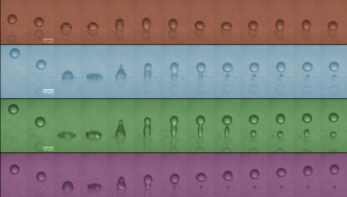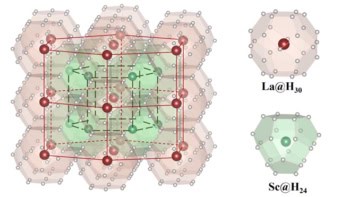Although the resolution that is possible in most imaging and microscopy techniques is limited by the wavelength of the radiation used, physicists have developed a number of techniques that can overcome this so-called diffraction limit. These techniques include the replacement of photons with electrons, which have much shorter wavelengths, or the use of scanning probes. And earlier this year a technique known as scanning near-field optical microscopy was used to image light from a single molecule. However, these techniques are generally restricted to studying surfaces and cannot probe living samples. Now researchers at the Max Planck Institute for Biophysical Chemistry in Gottingen have developed an optical technique that can look at living samples in all three dimensions with a resolution that is better than the diffraction limit (T A Klar et al. 2000 Proc. Nat. Acad. Sci. 97 8206).
Stefan Hell and co-workers at Gottingen have adapted a technique known as fluorescence microscopy. In this form of microscopy the specimen is irradiated at a wavelength which excites either natural or artificially introduced fluorescent molecules known as fluorochromes. The sample is then studied through a filter that transmits at the fluorescence wavelength, but absorbs light at the excitation wavelength.
In the Gottingen experiments two lasers are shone on the sample: a green laser is used to excite the fluorescence, while a near-infrared laser is then used to “turn off” the fluorescence from the edges of the fluorescent spot. The second laser does this by exciting the fluorochromes to higher-still levels that decay to the ground state without fluorescing. This reduces the size of the spot by a factor of six beyond the diffraction limit length-wise, and by a factor of two in the radial direction. A further advantage is that the resulting fluorescent spot is more spherical than the spots produced with the traditional technique.


